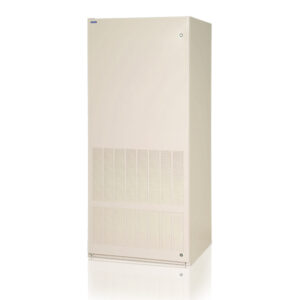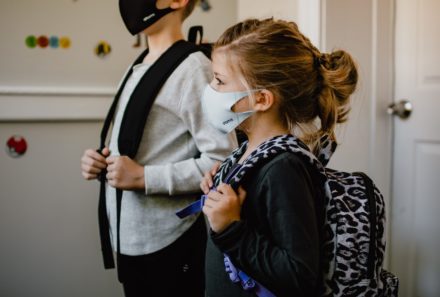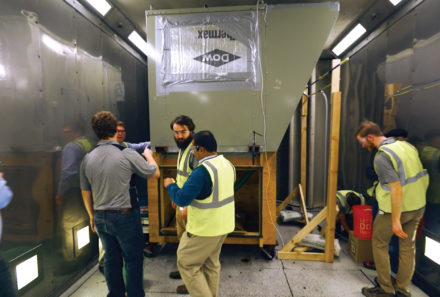
Steps to Improve Classroom Ventilation and IAQ
As more school systems across the country ready to reopen to in-person learning, both parents and educational officials have indoor air quality (IAQ) top of mind. Even without the threat of COVID-19 or other viruses, poor IAQ poses risks to student health and performance.
According to the U.S. Environmental Protection Agency, poor IAQ can increase the risk of asthma and respiratory disease by 30-50%. Research has also indicated that students tend to score higher on standardized tests when in well-ventilated classrooms.
Modine has helped generations of students through our school HVAC products such as the Airedale Sentinel® Vertical Unit Ventilator. Available in five models, the units improve ventilation and IAQ in classrooms working in conjunction with the school’s central chiller/boiler to condition incoming air. They are designed to minimize energy consumption while providing optimal ventilation. The Sentinel® also features the advanced Modine Controls System, giving facilities managers the ability to maximize efficiency.

An energy recovery option allows energy costs to be reduced by recapturing typically about 60% of the energy used to condition the air being exhausted. The option uses an aluminum energy-recovery wheel with a 3-angstrom molecular sieve desiccant for outstanding performance while minimizing carry over to the supply air. That energy is then used to preheat or precool the outside air, reducing the load on the HVAC system even in the most extreme summer conditions.
Adequate ventilation is an important tool in limiting transmissions of pathogens, according to both the World Health Organization (WHO) and the U.S. Centers for Disease Control (CDC). School systems also have other tools at their disposal to improve IAQ facilities managers can take other steps to improve the IAQ in schools:
- Higher-rated air filters: MERV 13-and-higher filters are becoming the de facto standard used in schools. The MERV 13 rating means the filters can 90% of particles between 1-10 microns in size. For reference, the thickness of a human hair is about 70 microns across.
- Dedicated humidity control: In addition to creating uncomfortable conditions in the classroom, high humidity can contribute to mold growth. Dedicated humidity control systems are being increasingly used to strip moisture and maintain comfortable conditions.
- Active mitigation: Ultraviolet germicidal irradiation (UVGI) applications are recommended by the CDC to supplement other measures.
Although it might not seem to be directly related, regular inspection and maintenance of HVAC systems helps schools maintain good IAQ. Schools that have major maintenance backlogs suffer lower average daily attendance and have a higher drop-out rate than other schools, according to the EPA. So, regular maintenance school be viewed as a proactive tool in the effort to improve classroom IAQ.








